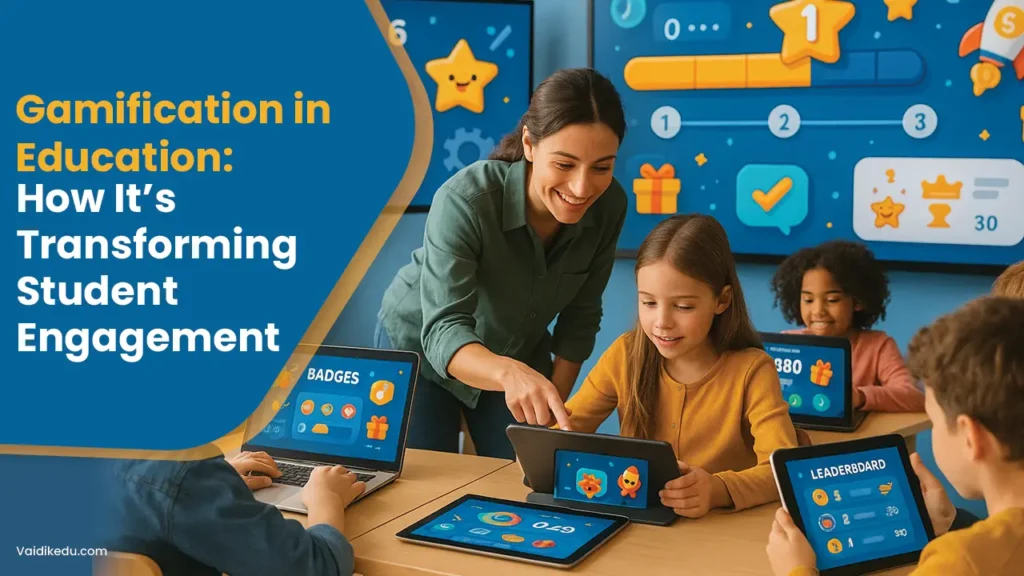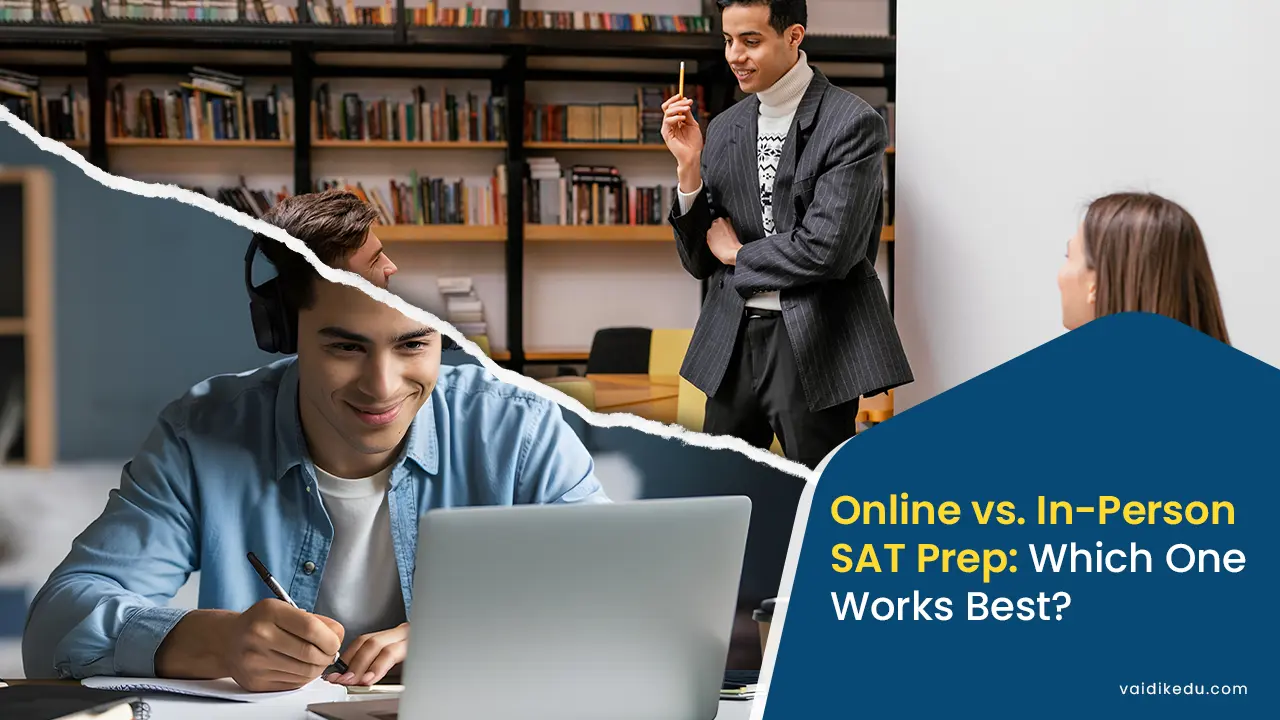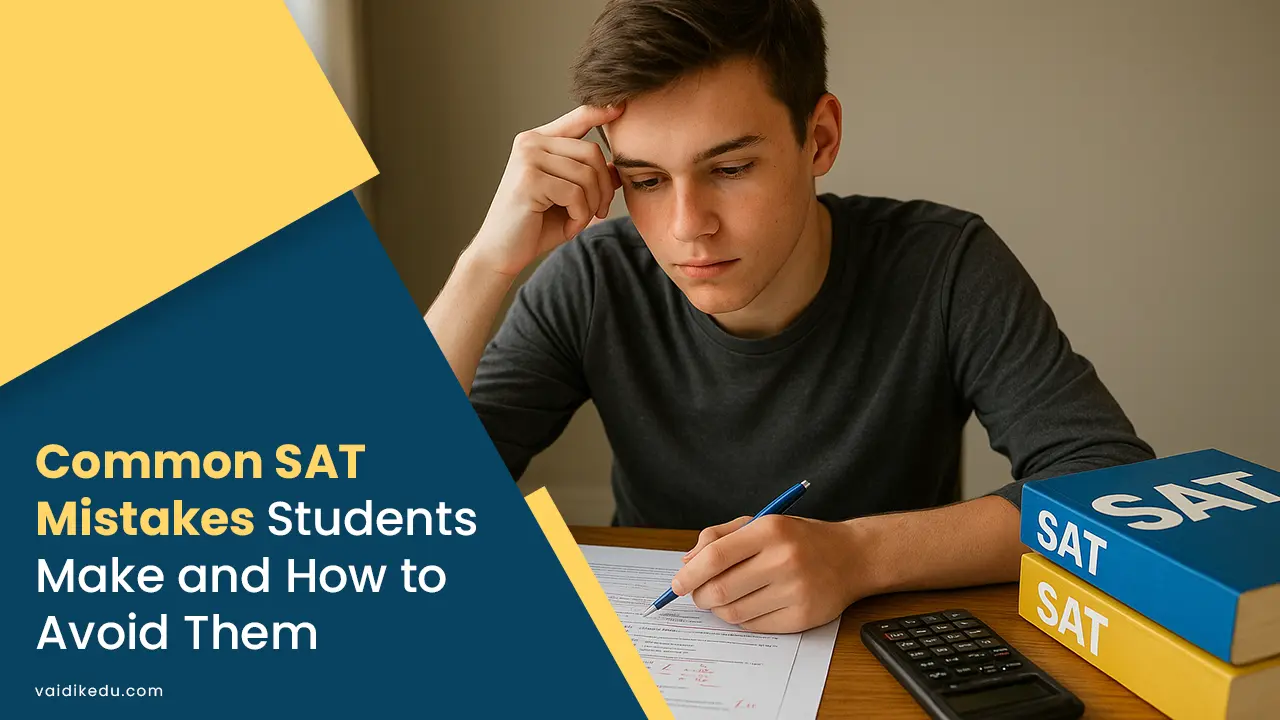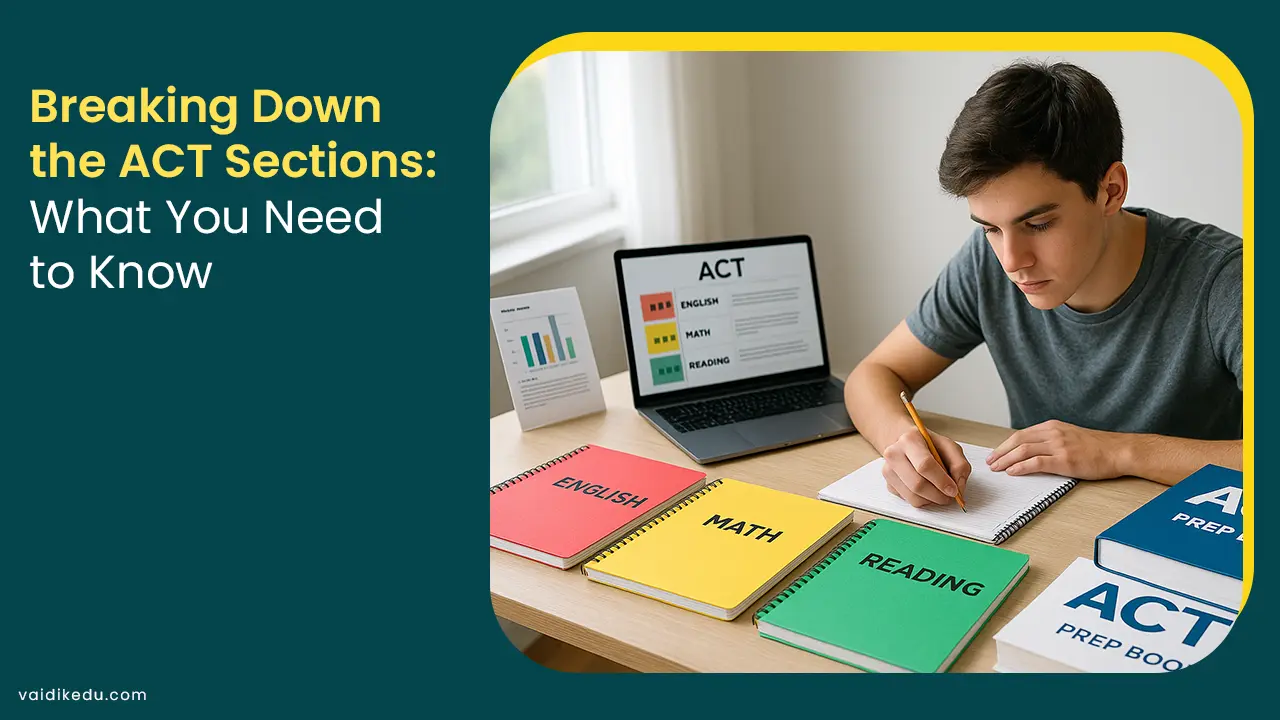Gamification has emerged as a novel method of education, particularly in a period when traditional methods do not interest learners. Teachers are developing game features like challenges, leaderboards, badges, or points into learning environments, allowing them to stimulate students in ways they can think of the subject matter.
Gamification is more attractive because it can create a fun learning environment that sparks curiosity and drive for achievement. Here, the digital flourish of gamification translated into classrooms is becoming a popular demonstration in improving all pupils’ enthusiasm and retention levels.
This will not be a temporary blaze of glory in education. Instead, it will be an indelible transformation from drudgery to enjoyment and purpose, resulting in fun but impactful experiences for learners. It is the revolution that makes active agents of passive learners and opens their eyes clearly to what the rewards will be and the action they need to take toward their goals.
Crucial Elements of Gamification:
Mechanics of Gaming: Levels, leaderboards, scorecards, and badges form an extent that students are supposed to travel and strive for its realisation. For instance, badges may be awarded to students for topics learned on Khan Academy or points when they finish quizzes on sites like Quizizz.
Dynamics of Games: Rivalry, teamwork, prizes, and other game elements arouse learners’ interest in cooperation and communication. For example, Classcraft applies a system of learning in teams, where students collaborate to meet learning goals and reward themselves for doing so.
Goal-Directed Teaching: With particular goals in mind, a student has a reason to keep motivated or sustain interest. For example, a student immerses him-/herself in a target language using Duolingo by setting daily goals and unlocking levels with improvement.
Gamification’s Benefits in Education:
Better Engagement
- Transform dry classes into lively encounters.
- Encourage active participation and keep interest alive.
Motivation And Incentives:
- Students were motivated to do better by rewards, badges, and leaderboards.
- Extrinsic Factors Create and Internal Motives.
Custom Learning:
- Individualised in its learning styles and pace of learning.
- Personalise the experience according to progress.
Skill Development:
- Critical and creative thinking, problem-solving, and teamwork abilities are improved.
- Resilience is built by rewarding persistence and effort.
The impact of Gamification on Student Involvement:
Gamification has become an increasingly common way to boost student engagement. It includes using games in events or experiences that are not strictly games, such as education.
Gamification uses the essential elements of games, such as competition, rewards or incentives, challenges, and accomplishments, to make the learning process engaging, dynamic, and, most importantly, fun.
1. Increased Motivation: Gamification could have the most crucial effect on student engagement by increasing motivation. It is an instrument that taps intrinsic and extrinsic motivation, propelling students to participate actively in learning activities.
- Intrinsic Motivation: Gamified students find different activities enjoyable and will engage in them for extrinsic motivation and the activity itself. For example, badges, rewards, and levels can create a sense of achievement and pride and thus encourage students to keep learning and progressing.
- Extrinsic Motivation: This external reward, points, leader board, and certificates are driving forces for students on the performance level while fulfilling tasks or activities. These are tangible validations of students’ efforts, which foster learning and engage actively to fulfil objectives when slotted within the educational framework.
2. Enhanced Reference: Gamification motivates students who typically withdraw from studying to become active participants. Real-time feedback and interactivity prompt students to participate because they are rewarded for their efforts.
- Competition And Achievement: The accompanying gambling aspects motivate students to embrace class participation and eagerness for learning. Leaderboards map one’s route against the others by keeping tabs, paving the way for an external challenge and becoming more immersed in activities.
- Collaborative Learning: Many gamification strategies emphasise teamwork, encouraging students to collaborate to achieve common goals. For example, multiplayer online video games allow students to solve problems collaboratively and encourage classroom teamwork, boosting participation and social engagement.
- Faster Real-Time Feedback: Immediate feedback through game mechanics, such as levelling up or earning badges, keeps students motivated to improve their performance. Immediate rewards associated with task completion or achieving specific goals prompt students to remain on the learning task.
Example: Kahoot! is a good example of gamification, generating more participation. This would convert quizzes into exciting competitive games, encouraging their students to answer questions faster and more accurately with the thrill of seeing their results immediately.
3. Increased Interest And Enjoyment: Gamification converts lessons into game-like activities, making them less relevant as learning becomes more fun. It is essential for learners who find face-to-face teachers or boring subjects challenging.
- Challenges And Progression: Gamified learning engages continued active learning among students by allowing more levels of increasing difficulty. Students get that sense of achievement when they mature in level, accomplish the more difficult hurdles, and enter into new learning phases under these components of gaming that can very much be used for increasing interest in learning activities – overcoming challenges.
- Game-Based Learning encourages the overt use of critical thinking and invites creative engagement with the material through several types of gameplay, such as role-playing, narrative, and problem-solving scenarios. For instance, by simulating real-world events, games like The Sims or Minecraft Education Edition can make concepts less abstract, more concrete, and more relatable to elementary or high school students.
An example is Duolingo, which provides game-like features in course activities such as daily challenges, earning points, and awards. These levels give students a sense of achievement that automatically lures them back with excitement for improved performance and better-developed language skills.
4. The Persuasive Arguments For Mind: Within the psychologies of learning, the dose increases when engagement is made game-culture. This could add another dimension to the emotional and cognitive states of the students, turning studying into exclusively fun activities.
- In Flow: According to the psychology of Mihaly Csikszentmihalyi, effective gamification can help students discover “flow.” Experiencing flow is when one is completely involved in an activity that gives pleasure without thinking about it. Gamified learning activities, where difficulty balances with skill, will help students reach flow, thus increasing their motivation, attention, and general involvement.
- Autonomy And Control: Gamified systems give users more control over their learning pathways. Users choose their learning paths, challenges, and pace. This sense of independence makes users feel like they have a more significant emotional stake in the subject area and are more invested in learning.
- Less Stress: Sometimes, high-stakes events (e.g. examinations) in a traditional learning environment tend to cause anxiety in students. However, the gamified learning environment exhibits more of a relaxed, understood, and open learning environment where students can usually try again without penalty, as making mistakes is part of the game. All of these qualities help lessen fear and promote resilience, improving the emotional experience of learning.
Example: A point is said to be scored or lost based on their behaviour in Classcraft, the role-playing game designed to manage classrooms. With educational content translated into game structures, students become more engaged, consider themselves more in charge of their learning, and possess more ownership.
5. Better Learning And Retention Results: Gamification’s emphasis on repeated engagement, real-time feedback, and active participation may also significantly impact learning results. Studies have shown that students who participate in gamified learning environments frequently exhibit higher levels of academic accomplishment and better information retention.
- Spaced Repetition: Several gamified learning platforms employ spaced repetition to enhance long-term memory, the practice of reviewing material at progressively longer intervals. This method has been demonstrated to improve recall and fortify memory.
- Active Learning: Gamification encourages students to actively engage with the material, unlike passive learning, which involves only listening to lectures or reading materials. This practical method improves understanding and memory.
Example: Quizlet is a well-liked resource for gamified flashcards. These interactive games allow students to learn facts or vocabulary by playing “Gravity” or “Match.” By converting passive learning into active participation, these games are known to enhance retention.
Challenges And Considerations of Gamification in Education:
1. Overemphasis on Competition: Excessive competition may sometimes pressure students and create disenfranchisement. To this end, the challenge should be balanced within joint or cooperative frames.
2. Fairness Issues And Accessibility: Not everyone has equal technological access or, in some cases, the ability to use it. To ensure accessibility, offline options for their access and the use of assistive devices should be provided.
3. Balancing Fun And Learning: Gamification must complement learning, not hijack it. The furniture should always have a solid educational base that is well-designed to incorporate.
4. Teacher Preparedness And Staff Development: Some teachers may not understand the tool of gamification or feel uncomfortable using it. Conduct professional development training with these teachers and provide an environment that enables them.
- Limited Time And Resources: Designing a gamified lesson would require much time and resources. Start with something small, Kahoot! or Quizlet, and gradually increase the complexity.
- Possibly Develop Gamification: Overplaying gamification lowers its reach. Therefore, Dash Gamification needs to be balanced with offline tactical learning.
- Challenges With Assessment And Evaluation: A gamified system does not portray the whole student’s versed learning status. Pair up such activities with some peer evaluations or reflective assignments so that they become mixed.
- Sustainability And Long-Term Engagement: Gamification loses its novelty within some time. Cure that by continuously giving students new challenges, levels or rewards to keep them motivated.
Thus, by addressing such challenges, educators can ensure that gamification’s benefits are maximised while using it somewhat educationally worthwhile.
Future of Gamification in Education:
With the rapid advancement of technology, gamification in education has enormous potential to change how students approach learning. The following are some significant developments and opportunities for gamification in the future:
- AI Integration: AI would tailor gamified educational experiences to adjust the difficulty levels, provide real-time feedback, and recommend content based on individual student profiles.
- Virtual And Augmented Reality: VR and AR allow students to enjoy immersion and interaction through experiences that relive historical events or simulate real-life activities, such as scientific experiments.
- Lifelong Learning: The development of gamification would mean adults can advance their learning through courses in the adult education program or other professional training, continuously developing new skills and unlocking rewards and achievements into the process.
- Blockchain For Credentials: Blockchain will record an individual’s accomplishments on various digital certificates and badges, providing transparent access to verifiable, secure digital ones.
- Expansion of Game-Based Platforms: Educational institutions will adopt these game-based learning platforms as core tools to make learning more lively and interactive through platforms like Minecraft Education Edition.
- Social And Collaborative Gaming: Gamification will enhance teamwork and collaboration through multiplayer games designed to teach problem-solving and communication skills. Social Learning: Gamified systems increasingly support the development of emotional intelligence, empathy, and social skills through role-play and scenario-based learning.
- Gamified Assessment: The assessment will be characterised by continuous, real-time feedback based on game tasks. It will be aimed primarily at actual skill mastery rather than standard testing.
- Global Collaboration: Platforms for gamified education will allow students from different parts of the world to collaborate with their peers from other cultures on similar issues and projects.
Education’s future in gamification will be much more personalised, immersive, and interlinked. This implies a highly engaging platform for learning and preparing students for their futures.
Frequently Asked Questions
Gamification of education involves infusing learning with game elements points, badges, levels, rewards to make it more engaging, interactive, and motivating for students.
Gamification enhances student engagement by making learning fun and learning interactive. Bribes and challenges motivate students to participate actively and feel accomplished as they go along with activities and levels.
The benefits include motivation, personalized learning, excellent fact retention, better problem-solving and cooperative skills, and a more lively and fun learning experience.
The advent of future gamification technology is AI, VR/AR, and blockchain, whereby education will become personalised and immersive, making it more fun and accessible to many across the globe.









